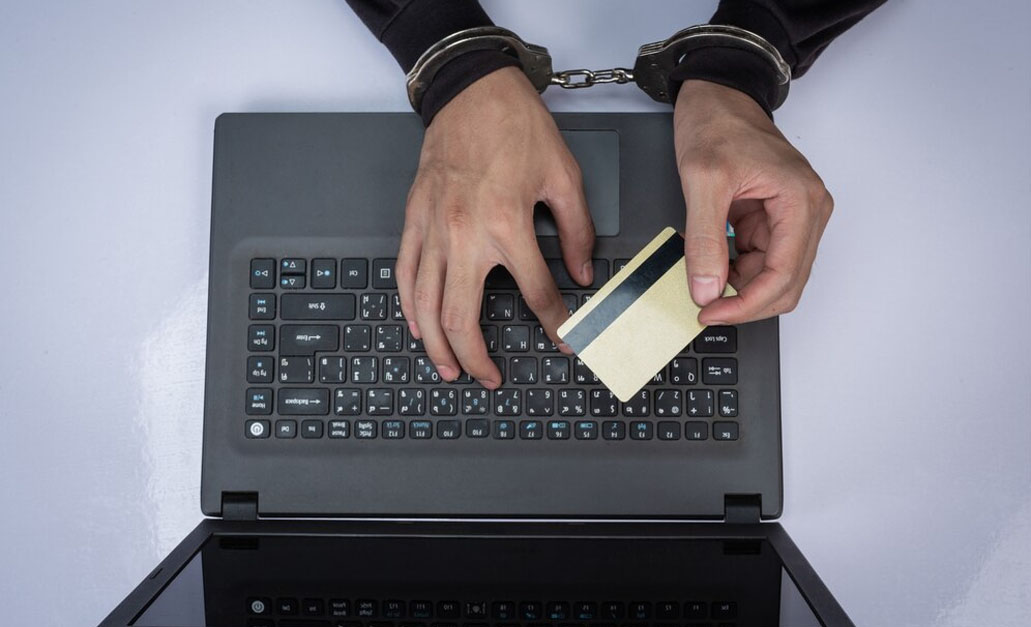In Laos, a growing scam threat looms as criminals exploit complex pathways in banking apps to drain funds from unsuspecting accounts.
“Over LAK 15 million was transferred out of my bank account without my permission, from 2 to 7 am on Sunday,” told a scam victim, who agreed to talk under conditions of anonymity.
After contacting BCEL Bank, the affected person obtained the contact details associated with the bank account receiving the funds. Only then did the victim find out that it was their friend who got a hold of their password and authorized the transfers.
“I was shocked to find out that it was my friend who stole from me. Luckily, I was able to get the money back. My friend’s parents had to compensate instead of them.”
While the victim in this case had the advantage of identifying the friend-turned-perpetrator, not all victims are as fortunate in tracking down those who pilfered their funds.
To safeguard against such incidents, users of banking apps can proactively take measures to minimize the risk of falling victim to this type of crime.
Use Unique Passwords Across Different Platforms
Relying solely on a robust password, no matter how strong, may not be sufficient to safeguard sensitive bank accounts or financial information. If malicious individuals or groups manage to obtain that password, it could open the floodgates to a range of valuable information.
Diversifying and strengthening security measures becomes crucial in preventing potential breaches.
“What’s most important about passwords isn’t strength or guessability, but that the passwords are not the same across accounts,” Jeremiah Grossman, cybersecurity expert and CEO of an IT startup, told Discover.
Leverage Two-Factor Identification
The use of two-factor authentication is essential for ensuring the safety of your personal information, particularly concerning bank accounts.
This security measure involves sending unique codes to your phone number or email. If unauthorized parties obtain your login details, the additional layer of identification serves as a barrier, preventing them from accessing the sensitive information.
Use Security Features and Tools Provided by Banks
Banking applications use different types of security features to protect users and their personal information from being leaked. BCEL One, for instance, contains user information behind secured networks and is only accessible by a limited number of persons who have special access rights to such systems and are required to keep the information confidential. All sensitive/credit information supplied is also encrypted via Secure Socket Layer (SSL) technology.
These steps offer a starting point for individuals to protect themselves from cybercrime. It’s imperative for users to maintain vigilance and take proactive measures to shield their finances from the tactics employed by cybercriminals who exploit vulnerabilities in banking apps.



